Across industries, executive teams are investing heavily in artificial intelligence (AI). So-called Agentic Automation — AI systems capable of autonomous action — is heralded as the next great productivity wave. Yet for most organizations, tangible results remain elusive.
The Agent AI Paradox
In March 2025, IDC reported that 88% of enterprises experimenting with AI agents failed to move beyond the proof-of-concept stage. By August, MIT research placed that figure at 95% of AI pilots failing to deliver expected returns. These numbers don’t suggest that AI itself is a failure; rather, they reveal friction in translating AI experiments into business value. The belief in AI’s potential remains intact, but what’s missing is a structured path to value realization.
Today’s enterprises face a paradox. AI has never been more accessible, with over 78% of companies now using generative AI in at least one business function. Yet, value creation has never been more inconsistent – more than 80% of firms report no material impact on their bottom line from these AI initiatives. The root cause lies in how organizations approach AI investments. Most teams still measure success only after deployment – through lagging ROI or efficiency metrics. The result? Fragmented pilots, brief bursts of enthusiasm, and limited scale.
The Imperative
Instead of chasing use cases with unclear value, organizations need to shift from building agents to engineering outcomes. This mindset change means starting with business friction points and designing AI around delivering specific improvements, rather than simply deploying technology and hoping for ROI.
Enter Value Engineering — a disciplined, outcome-first approach to designing, deploying, and scaling agentic AI. This approach focuses on engineering business outcomes (not just building AI agents) from the outset. The goal is to remove friction and systematically unlock the value that autonomous AI promises.
In practice, that requires a structured game plan for moving from experimentation to execution.
From Experimentation to Execution: The Five Value Engineering Blueprints
In our work with some of the world’s largest enterprises, we observe five blueprints consistently separate successful AI programs from stalled pilots.
Together, they define a repeatable pathway to measurable outcomes:
1. Value Identification: Focus on the Friction
Effective AI doesn’t start with automation—it starts with analyzing where value is leaking in the business. Organizations must pinpoint where inefficiencies, costs, and experience gaps are most severe before introducing agents. Key questions include:
- Which processes are high-friction, high-cost, and high-volume? (e.g. repetitive workflows causing delays or overtime)
- Where are human decisions creating bottlenecks that slow throughput or reduce accuracy?
- Where are the results from one task connected to others within the workflows and overall process?
- How does “value” manifest in each context – through efficiency, effectiveness, customer experience, or revenue expansion?
By quantifying these pain points, companies can identify 10–12 high-potential use cases with clear business impact. For example, a bank might discover that loan processing delays or call center backlogs are costing millions. This value leakage analysis yields a portfolio of priority use cases where AI agents could realistically save time, cut costs, or improve service.
The outcome of this stage is a focused list of problems worth solving (not just cool tech to try), each with a hypothesis for ROI or improvement.
2. Value Design: Architect for Modularity and Reuse
Once high-value priorities are identified, design takes center stage. Rather than building one-off bots from scratch, leading organizations architect their AI solutions for modularity and reuse. This means using building blocks – reusable agent templates, data connectors, and reasoning frameworks – that can be configured for multiple scenarios. A configure-not-code philosophy accelerates development while avoiding duplicated effort.
For instance, instead of reinventing the wheel for each new chatbot or workflow, a company might develop a library of agentic components (dialogue modules, integration APIs, compliance checkers) that plug into different processes.
Playgrounds such as Kore.ai’s Agent Marketplace provide a library of pre-built AI agent templates and tool connectors that map to common enterprise workflows, enabling rapid deployment and time to value.
By adopting a modular, template-driven design, organizations can pilot new use cases in weeks, not months, and ensure that each pilot generates reusable knowledge assets instead of isolated scripts. The goal is not to “try AI” in a vacuum, but to engineer value by design. Basically, launch pilots that are purpose-built to scale if they prove successful.
3. Value Realization: Validate That Which Works
Measurement is what turns experimentation into strategy. During pilot phases, outcomes should be rigorously tracked across multiple dimensions to verify real impact. Specifically, teams should evaluate:
- Efficiency – e.g. reduction in process cycle times, lower unit costs, productivity gains for employees.
- Effectiveness – e.g. improved accuracy or quality, higher completion/throughput rates, better decision outcomes.
- Experience – e.g. customer or employee satisfaction (NPS, CSAT) improvements, faster response times, smoother interactions.
- Expansion – e.g. enablement of new capabilities or services, revenue uplift from AI-driven offerings, ability to handle higher volume.

Table 1: Dimensions of Value Measurement
Within a matter of weeks, the data from pilots will reveal which use cases are delivering meaningful improvements. Typically, 2–3 initiatives emerge as “lighthouses” – early successes that demonstrably move the needle on the chosen metrics.
For example, an AI agent that handles IT support tickets might show a 40% reduction in resolution time (efficiency) while maintaining high user satisfaction (experience). Another pilot in finance might show near-perfect accuracy in invoice processing (effectiveness).
By validating which of these wins could be used across many interlinked tasks, stakeholders can build a business case and organizational buy-in to scale the proven solutions.
Measurement thus ensures the program doubles down on what works and learns from what doesn’t, turning random experimentation into a results-driven strategy.
4. Value Governance: Operate with full control
As organizations embrace Agentic AI, the real challenge isn’t deployment — it’s control: ensuring that dozens or even hundreds of intelligent agents don’t evolve in silos, replicate effort, or introduce risk.
Through a centralized control layer, Kore.ai enables enterprises to view, manage, and govern every agent across functions — from development to deployment to retirement. The platform provides end-to-end lifecycle visibility, ensuring that every agent is tracked, certified, and maintained under a defined policy framework. Instead of imposing governance as a post-facto audit layer, Kore.ai embeds it natively into the agent lifecycle.
Audit trails, version logs, access history, and compliance reports are automatically generated. Administrators can monitor usage analytics, track agent interactions, and set thresholds for when human intervention is required — ensuring transparency and accountability at scale.
Effective governance builds enterprise trust in AI – a prerequisite for broad adoption. As one AI advisor noted, uncontrolled agent proliferation can mirror the “shadow IT” problems of the past, so proactive governance is key to sustained scale.
5. Scale the Value: Build the Agentic Enterprise
Once early pilots are validated and governance is in place, the focus shifts from isolated projects to enterprise-wide transformation. This is about evolving the company’s operating model from traditional (often API-centric) automation to an agent-first ecosystem.
In an agentic enterprise, machine-driven workflows become the default for routine tasks, and human roles are redesigned to work alongside AI. Achieving this requires a few strategic moves:
Establish a Center of Excellence (CoE)
A dedicated hub where AI delivery teams and cross-functional teams build standardized agents, share best practices, and accelerate new deployments. This CoE ensures that new use cases leverage existing templates and comply with governance, serving as an internal powerhouse for AI development.
Deploy an internal AI Marketplace
Create a centralized portal exclusive to your organization within Kore.ai Agent Marketplace where all approved AI agents (and their capabilities) are catalogued for reuse. Just as employees might visit an app store internally, business users can discover which AI solutions already exist (e.g. a finance reconciliation agent or an HR onboarding agent) and request access. This improves discoverability, prevents duplicate efforts, and enforces compliance since all agents in the marketplace meet the required standards.
Run lighthouse transformations in core business functions
Identify one or two major business areas (such as customer service, finance operations, or supply chain) and scale the agentic approach aggressively there to demonstrate economies of scale. For example, automate an entire claims handling process with a fleet of coordinated agents (intake bot, document analysis agent, fraud detection agent, resolution agent) and measure the end-to-end impact. These comprehensive case studies serve as proof-points for the rest of the enterprise, showing that AI can deliver significant ROI when scaled thoughtfully.
In this mature stage, human roles inevitably shift. Employees move from executing repetitive process steps to managing exceptions and continuously improving AI workflows. For instance, instead of manually reviewing every transaction, a finance officer might oversee only the 5% of cases an AI agent flags as anomalous. People become trainers, supervisors, and improvers of AI-driven processes.
Over time, the organization’s default mindset becomes “Can an agent handle this?” for any new workflow design. This agent-first operating model is adaptive and efficient – machines handle volume and complexity, while humans provide oversight, creativity, and strategic judgment where needed.
Case in Point: Credit Card Dispute Resolution
To illustrate value engineering in action, consider a leading retail bank reimagining its credit card dispute resolution process through these stages:
Before (Human-Driven)
Previously, a GenAI chatbot was introduced to help customers initiate a dispute claim (collecting basic info via chat). However, all investigation and resolution steps still fell to human agents in the back office. Outcome: a modest 5–10% productivity improvement, as the bot saved some time on data entry but did not speed up the overall resolution significantly. The cycle time for resolving disputes remained lengthy, and human teams struggled to keep up with volume.
Partial Automation (Assistive AI)
Next, the bank implemented AI-assisted classification and routing of dispute cases. Machine learning models classified dispute types and recommended resolutions by cross-referencing past cases, while an agent interface prioritized queues. Humans still made the final decisions, but their workflow was streamlined by AI suggestions.
Outcome: approximately 20–40% faster resolution times and a 30–50% reduction in backlog. More routine cases (like straightforward chargebacks) were processed quickly, and human staff could focus on complex or exceptional cases. Customers saw quicker answers, though final approvals were still manual.
Full Agentic Transformation
Finally, the bank moved to fully autonomous agents for the bulk of dispute handling. AI agents now autonomously validate claims against transaction logs, retrieve merchant data, detect likely fraud or customer error, and resolve most cases end-to-end without human intervention. Only exceptions (e.g. high-value disputes or suspected fraud cases) are escalated to humans. And all of these agents can be built with pre-built templates to test the waters.
Outcome: a 60–80% reduction in cycle time to resolve disputes, significant fraud mitigation through instant anomaly detection, and a measurable uplift in customer satisfaction.
Customers can often get near-real-time resolution for simple disputes, and the fraud team benefits from agents flagging patterns across thousands of cases. Importantly, compliance remained high because the AI was designed with the bank’s regulatory rules in mind at every step. This end-state showcases how engineered AI solutions can radically improve an outcome (in this case, dispute resolution) when scaled properly – something that a simple chatbot pilot could never achieve.
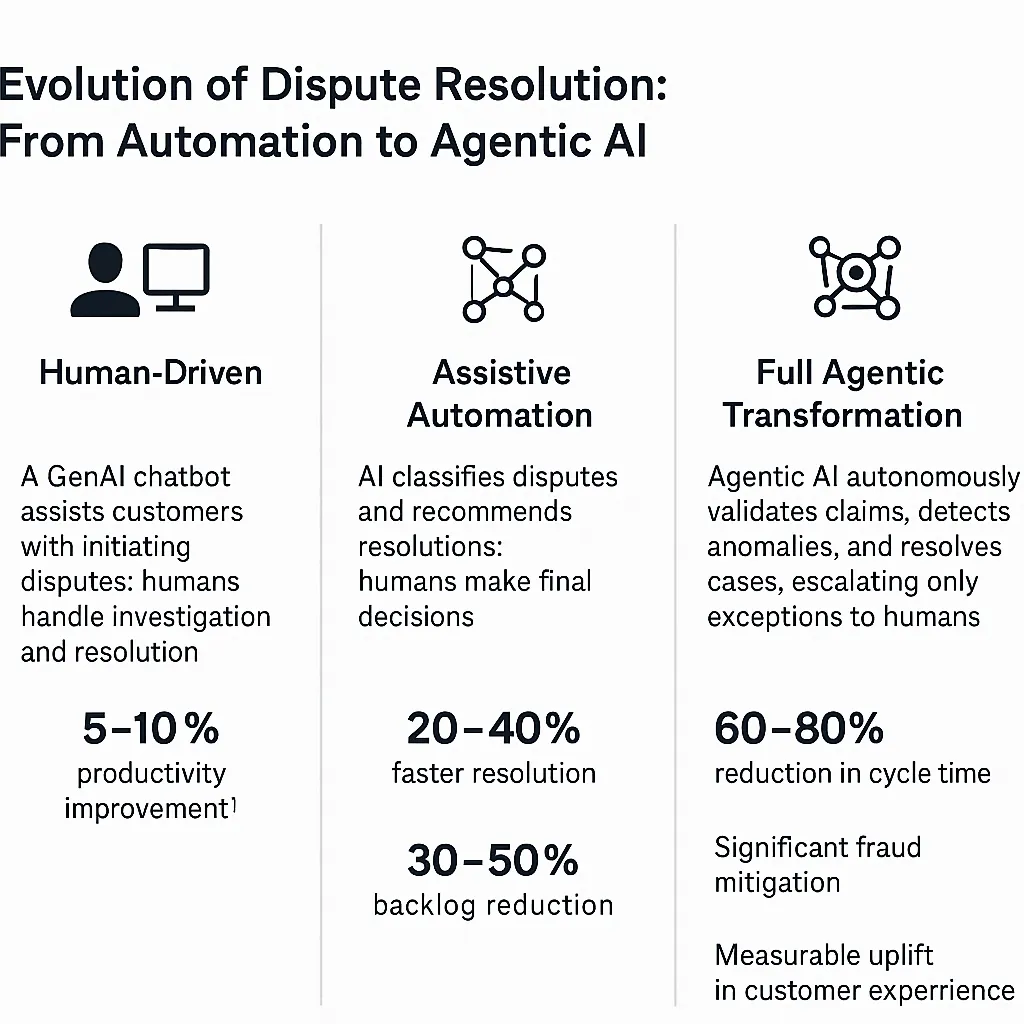
Exhibit: Case in point: Evolution of Credit Card Dispute Resolution
This example highlights how value engineering guides a journey from a basic bot to an agentic workforce that is structured, scalable, and self-reinforcing in creating value.
What Leaders Should Do Next
The journey from AI exploration to enterprise-scale value requires deliberate design. Business and technology leaders can begin today by taking a few concrete actions:
Reframe the question
Shift the mindset from “Where can we use AI?” to “Where are we losing value or efficiency today?”. By starting with known pain points (e.g. process delays, error rates, service gaps), you ensure any AI project tackles a meaningful problem. Identify the top potential use-cases with the value identification approach.
Design with end-in-mind
Leverage pre-built Agent templates from existing marketplaces to accelerate reuse and scale. Instead of building each AI pilot from scratch, start with marketplace templates whose prompts, workflow logic, and connectors are ready to adapt across functions. For example, launch an IT helpdesk agent from a template, then repurpose it for customer support or HR FAQs by swapping data sources, prompts, and ticketing connectors. Create compounding efficiency gains across the organization with reusable agentic templates to deliver faster time-to-value, lower build costs, and simpler governance.
Validate what works
Evaluate every AI pilot through a structured value framework that quantifies its business impact across efficiency, effectiveness, experience, and expansion. This means tracking tangible metrics such as time and cost reduction, decision accuracy, satisfaction improvement, and the creation of new capabilities or revenue streams. Transform pilots into predictable, enterprise-grade outcomes by validating only those use cases that demonstrate clear, scalable value, organizations ensure that AI investments advance with evidence, not enthusiasm.
Institutionalize governance
Establish clear standards and a governance body for AI as early as possible. This includes data handling policies, approval processes for deploying agents, audit trails for AI decisions, and clarity on roles (who “owns” an AI agent’s output?). Use an enterprise-grade agent marketplace that is rigorously secure, offers broad integration flexibility, and enables governed use of your first-party data. With built-in approvals, auditability, and role-based ownership, you can deploy and scale AI safely and predictably.
Scale through proof
Identify lighthouse projects with clear ROI potential and make it your proving ground. Use it to demonstrate measurable business outcomes (cost saved, revenue gained, risk reduced) within a single department or process. Once the numbers come in and lessons are learned, broadcast the success and plan to replicate it elsewhere. Nothing builds momentum for AI like a well-publicized win that quantifiably benefits the business. This helps convert skeptics and secures further investment for scaling.
By taking these steps, leaders create a positive feedback loop: early value wins justify broader AI deployment, and a structured approach to deployment increases the likelihood of further wins. In essence, you start engineering success instead of gambling on pilots.
The Bottom Line
The next competitive frontier will not be determined by who adopts AI first, but by who engineers value best. It’s easy to spin up an AI pilot; it’s much harder to systematically turn AI’s potential into profit and performance.
Traditional ROI metrics only measure what an organization achieved after the fact. In contrast, a Value Engineering mindset ensures that AI initiatives are set up to achieve meaningful results by design – predictably, repeatably, and at scale.
[1] CIOs increasingly dump in-house POCs for commercial AI | CIO
https://www.cio.com/article/3965387/cios-increasingly-dump-in-house-pocs-for-commercial-ai.html
[2] Beware the AI Experimentation Trap
https://hbr.org/2025/08/beware-the-ai-experimentation-trap
[3] [4] [10] Seizing the agentic AI advantage | McKinsey
https://www.mckinsey.com/capabilities/quantumblack/our-insights/seizing-the-agentic-ai-advantage
[5] Kore.ai announces Agent Platform for building, deploying, and orchestrating agentic applications
[6] [7] Agentic AI in 2025: Why 90% of Implementations Fail (And How to Be the 10%)
[8] Agent Sprawl Is the New IT Sprawl, Here's How to Control It
https://blog.dataiku.com/agent-sprawl-is-the-new-it-sprawl
[9] AI Agent Sprawl: What It Is and How to Gain Control Over It - Gravitee
https://www.gravitee.io/blog/ai-agent-sprawl-what-it-is-and-how-to-gain-control-over-it
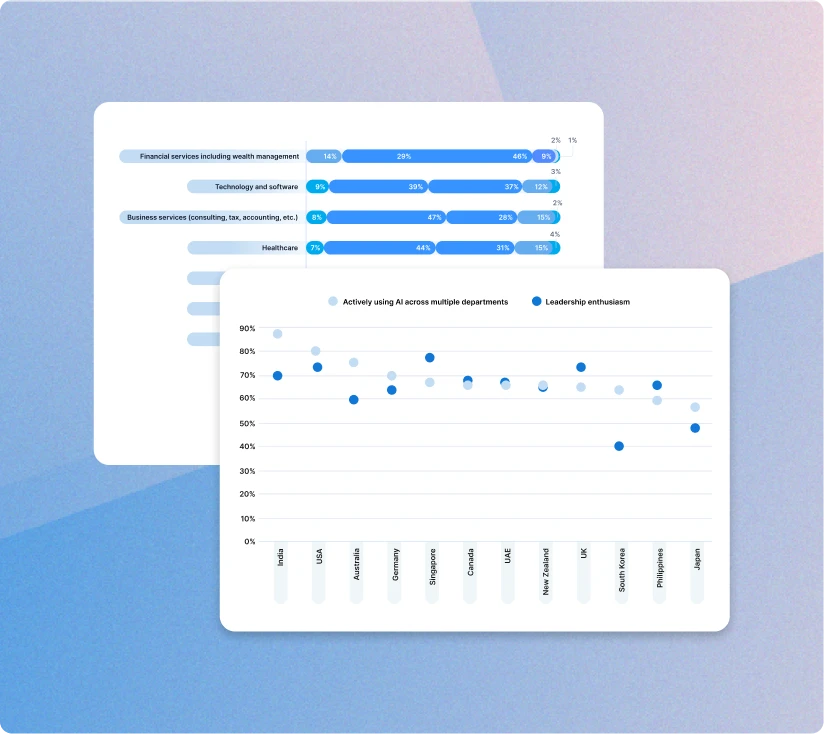


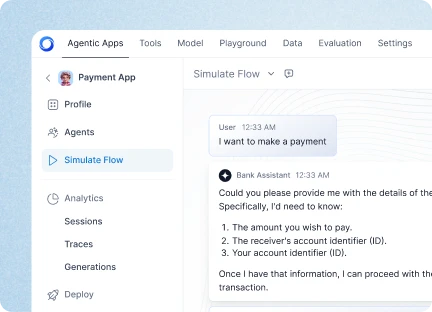

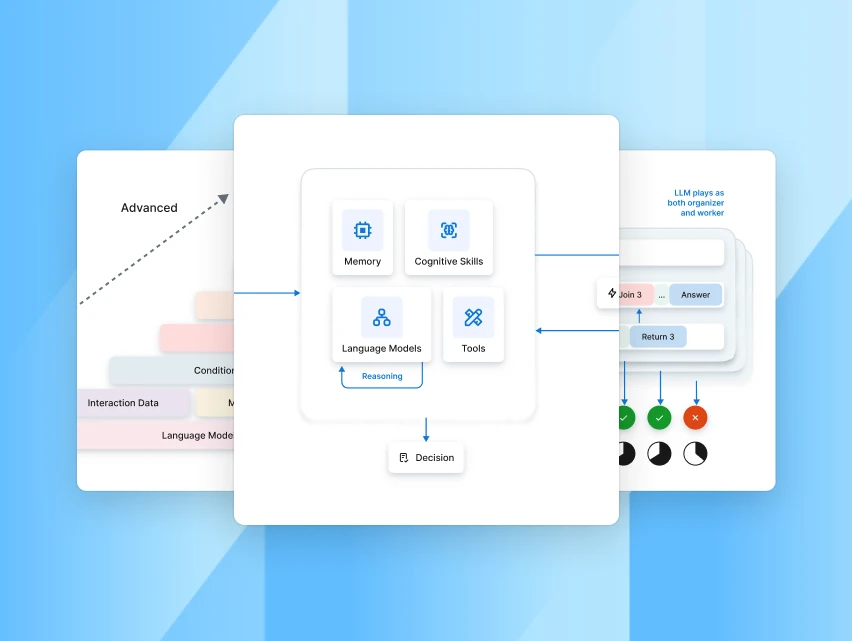

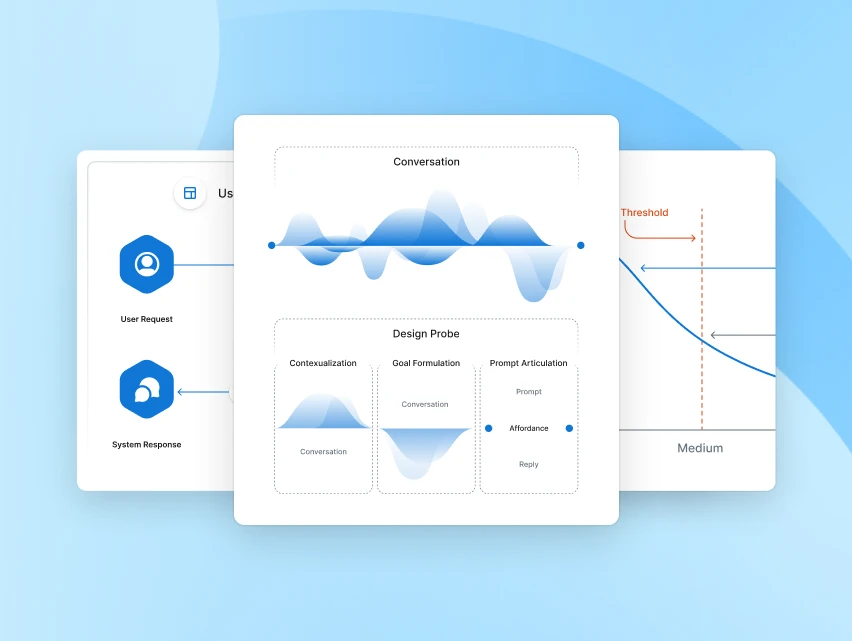
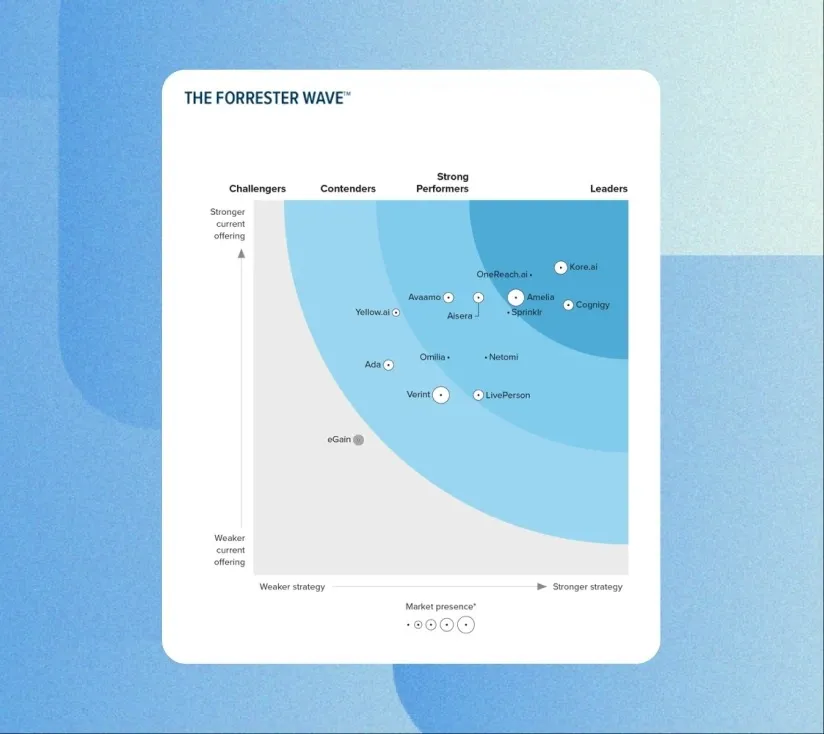


.webp)






